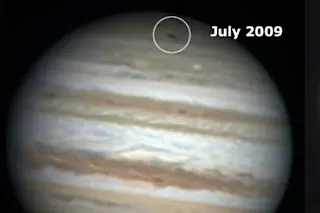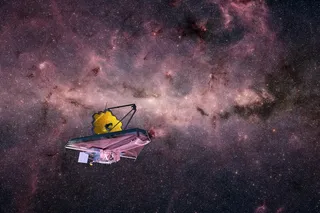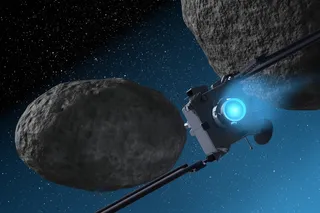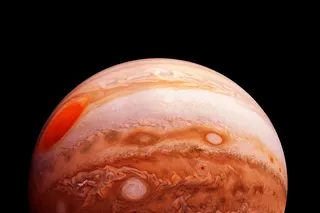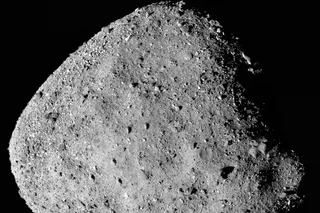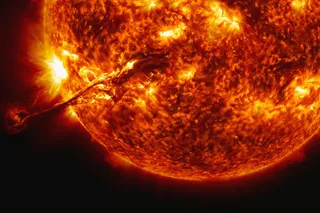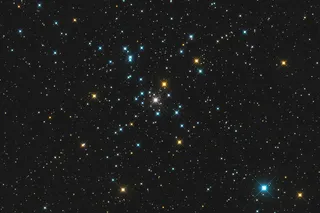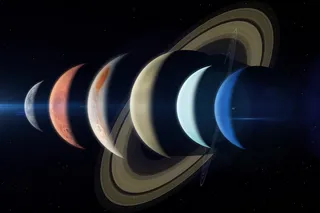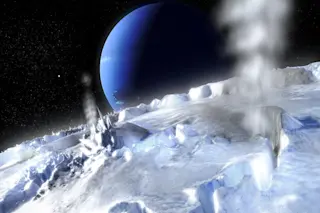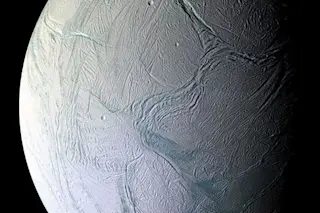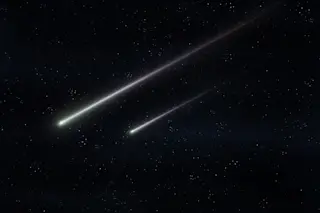When I was a kid and got hooked on astronomy (sometime around age 7), one of the things I deeply enjoyed about the night sky was its constancy. The human world is full of unwanted variables: Families move, friends get into fights with you, bicycles crash, birthday parties don’t turn out the way you wanted…but all you have to do is look up and you can make contact with another realm that never produces such disappointments. The stars are always in the same places. The planets slide around in the sky, but they don’t really change. Every time you see Jupiter, it is the same old reliable Jupiter.
Except that it isn’t. The closer you look at the solar system, the more you see change happening, and on all time scales. The constancy was an illusion, created by humans (not just my younger self!) watching the sky too erratically and too impatiently to see what is really going on. Jupiter is not always the same old Jupiter, as is abundantly clear from amateur video showing the planet getting whacked by a small asteroid or comet on the night of March 17. Watch other worlds and you’ll see the same thing happening. Wait longer–quite long by human standards, but very short in astronomical terms–and some really weird, extreme events unfold.
But I’m getting ahead of myself here.
The shooting gallery. Even as a child I understood that there were some rule-breakers. Meteors are ephemeral, and comets come and go. Mars has seasons; Jupiter’s stormy red spot moves around and varies in color. As the years went by, astronomers became increasingly aware of the role of comets and asteroids in an ongoing, more intense reshaping of the solar system. Jupiter was once again the great planetary showcase: In 1992, its gravity shattered Comet Shoemaker-Levy 9 and then two years later, in July 1994, the 21 cometary fragments slammed into the giant planet.
The effects were dramatic, as multiple enormous blemishes appeared atop Jupiter’s banded clouds. Worldwide observations of the event provided a bonanza of scientific information about comet impacts; they also delivered an utter affront to the notion of constancy in the solar system.
The collision of Shoemaker-Levy 9 was the first direct observation of a major solar system impact, but hardly the last. Amateur astronomers have since observed five more impacts on Jupiter, though none of these were predicted in advance so they were not studied with anything like the detail of the 1994 fireworks. Flashes of light from these celestial disruptions appeared in 2009, twice in 2010, in 2012, and now in the intriguing observations from two weeks ago.
It’s safe to assume that impacts like these have been occurring all along, just without anyone noticing. It’s also safe to assume that the actual frequency of hits is quite a bit higher than what’s been documented, since nobody would see impacts that occur on the farside of the planet, or ones that simply happen to occur during daylight hours in the locations where most amateur astronomers are looking.
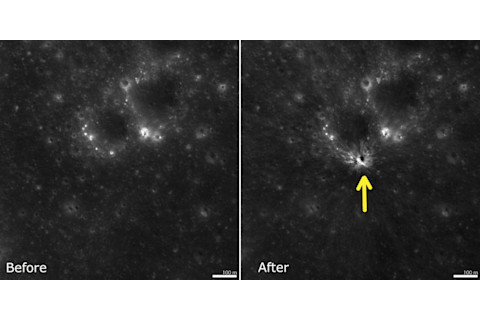
'A new 110-foot crater appeared on the moon on September 11, 2013. The


